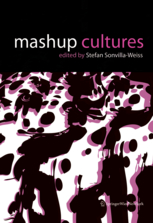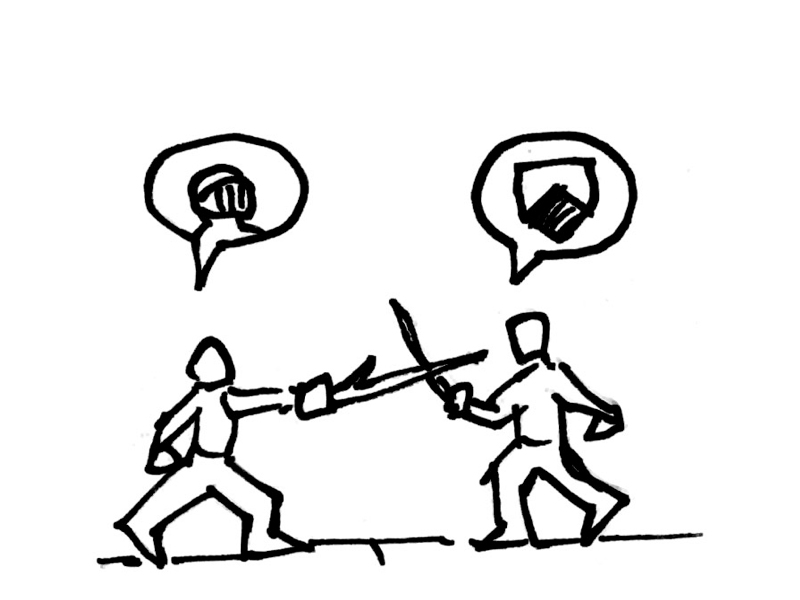Playing (with) Educational Games

Tan, Wey-Han: Playing (with) Educational Games – Integrated Game Design and Second Order Gaming. In Weiss, Sonvilla (Hrsg): Mashup Cultures. Springer 2010.
Abstract
The text gives a short overview on playing as an integrated activity of toying, game creation and game play, with liberating, reconstructive, reflective and innovative aspects. Games are seen as a class of media consisting of narrative and regulative elements, spanning a situating possibility space for expressive decisions and cognitive mapping by the players. These aspects may be usable for education, knowledge representation as well as critical media reflection.
Two questions lead to two key concepts to develop:
First, how do internal boundaries and contexts of games, known as rules and narratives, influence information and its mode of acquisition made available to the player?
Beyond the design of the educational content there is a need for an Integrated Game Design approach which includes the rule system and the narrative structure for an adequate situating of content.
Second, how may specific modes of gaming raise the player’s awareness of the boundaries and contexts of (educational) games, and of media in general?
To render defining elements visible, make them accessible and challenge them to be reconfigured demands a specific mode of design and playing I would like to call Second Order Gaming. This is presented in three approaches, in metagaming, transmediality and unusability.
Link to the unabridged text (Master’s Thesis)

